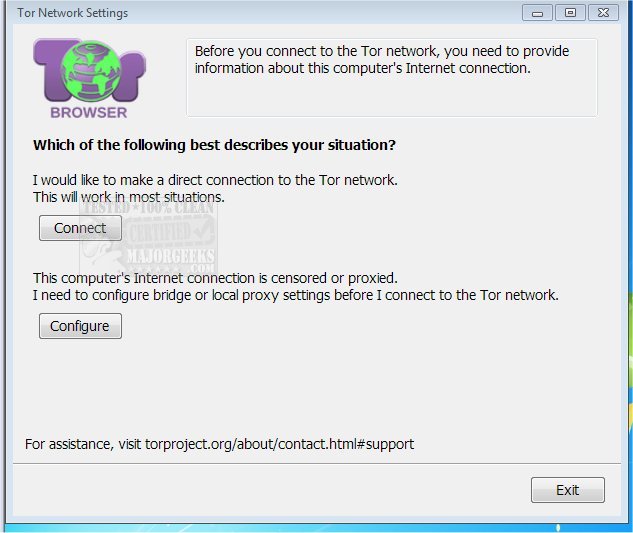

In 2006, Dingledine, Mathewson, and five others founded The Tor Project, a Massachusetts-based 501(c)(3) research-education nonprofit organization responsible for maintaining Tor. In 2004, the Naval Research Laboratory released the code for Tor under a free license, and the Electronic Frontier Foundation (EFF) began funding Dingledine and Mathewson to continue its development. The first public release occurred a year later. The alpha version of Tor, developed by Syverson and computer scientists Roger Dingledine and Nick Mathewson and then called The Onion Routing project (which was later given the acronym "Tor"), was launched on 20 September 2002. Onion routing is implemented by means of encryption in the application layer of the communication protocol stack, nested like the layers of an onion. Reed and David Goldschlag, to protect American intelligence communications online. The core principle of Tor, onion routing, was developed in the mid-1990s by United States Naval Research Laboratory employees, mathematician Paul Syverson, and computer scientists Michael G.

4.2.1 Autonomous system (AS) eavesdropping.Comparison of Internet Relay Chat clients.Overlay network, mix network, onion router, Anonymity application

The Tor Browser Bundle can run off a USB flash drive, has a pre-configured web browser to protect your anonymity, and is self-contained.Unix-like, ( Android, Linux, BSD, macOS), Microsoft Windows, iOS It also prevents the websites you visit from learning your physical location, and it lets you access sites that are blocked. By doing this, it prevents somebody watching your Internet connection from learning what sites you visit.

It protects you by bouncing your communications around a distributed network of relays run by volunteers all around the world. Tor Browser Bundle (64-Bit) protects your privacy and defends you against network surveillance and traffic analysis.


 0 kommentar(er)
0 kommentar(er)
